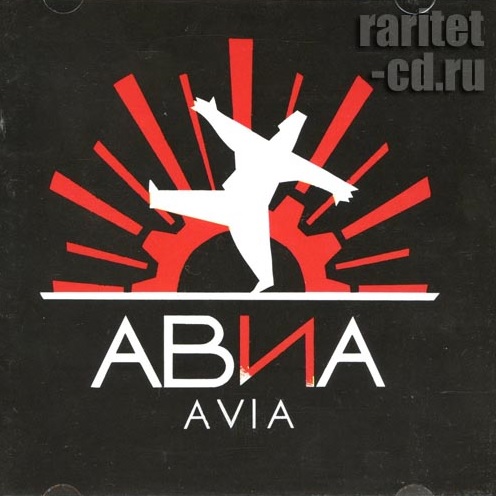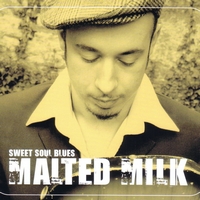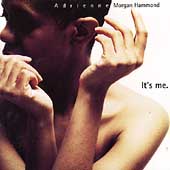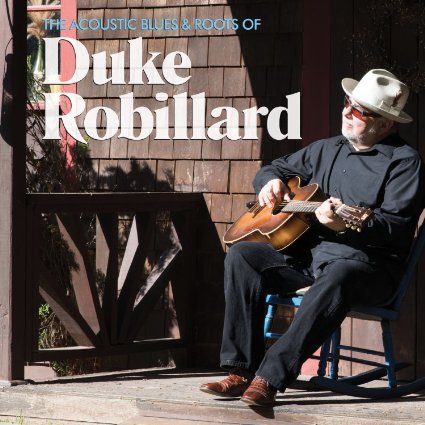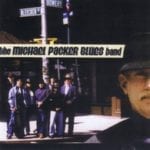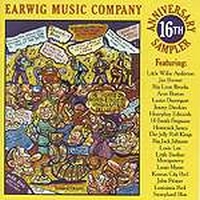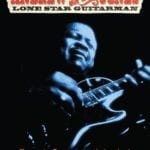AVIA
€15,73
Description
Track Listing:
1. Wake Up, Sing Out! - 4:20 2. A Russian Lesson Part 2 (Home) - 3:35 3. Spring Song Of The Masses - 4:23 4. Celebration - 3:39 5. A Russian Lesson Part 1 (Goodbye) - 4:16 6. AVIAVIA! - 3:54 7. The Night Watch - 6:20 8. Semaphore - 5:16 9. I Don't Love You! - 2:14
Personnel:
Nikolai Gusev (vocals, keyboards) , Alexander Kondrashkin (percussio, xylophone, vocal) , Alexey Rakhov (saxophone, accordion, guitar, vocal) , Anton Adasinsky / Marat Timergazov / Alexay Merkushev / Dmitry Tyulpanov / Irina Uglanova (the choir)
Artist Biography - Sabrina Jaszi
During the perestroika era when young musicians all over Russia were releasing years of pent-up artistic energy and frustration, AVIA rose to prominence in a sardonic fanfare, their symbolic rifles aimed at the Soviet cultural establishment. Their name was a protest in itself, with "A" standing for "anti" and "VIA" a well-known acronym for "vocal-instrumental ensembles" (a genre also known as "estrada"), previously the only form of state-sanctioned popular music. AVIA were formed in a concerted effort toward sincere, intelligent pop music, and a new beginning for the genre. Highly conceptual in nature, AVIA's stage shows -- which evolved to include complex choreographed dances and military-style costumes mocking Soviet propaganda art of the 1930s -- verged more toward parody and satire than earnest artistic expression.
AVIA began as the musical alliance of three vanguard musicians of the Leningrad experimental rock scene. First playing together in Strannye Igry (Strange Games), later called simply Igry (Games), Nikolai Gusev (keyboard, vocals), Aleksei Pahov (saxophone, guitar, bass, accordion, vocals), and Aleksandr Kondrashkin formed the group after a short-lived collaboration with Manufactura (Manufacture). The group debuted in December of 1986 at the Lenin House of Culture, playing their Iz Zhizni Komozitora Zudova (From the Life of the Composer Zudov) program made up of short, melodic new wave ditties. Recorded in a friend's home studio, the program became their first cassette-tape album, though it has never been officially released.
The next year mime Anton Adasinskov joined the trio, with explosive results. Under his influence, AVIAstrengthened the drama of their live shows, soon working with a large ensemble of actors, dancers, and musicians. The product was a heavily satirized inquiry into how art had been mangled and manipulated under Soviet control, focusing on the most grotesque aspects of totalitarian propaganda art of the 1930s. Stiff synchronized dance routines and Soviet military and populist styles became their on-stage ethos. Their brand of "totalitarian rock" quickly found a fan base among the Soviet-curious countries of Western Europe, where, starting in 1987, AVIA performed often. Musically, AVIA were drawn, like many contemporary groups, to the synth-heavy chords of new wave. But from its first lighthearted program, the band's music became more intricate and embellished to keep pace with its dramatic stage show. In 1988 the government monopoly label Melodiya released a second album, Avia Vsem! (Avia for Everyone!). Two years later, the album was re-released on Great Britain's Hannibal Records.
In 1989, a year after AVIA's first official release on Melodiya, the band broke away from its theatrical ensemble, establishing a new horn section that included Evgeniy Skoblov (tuba) and Valeriy Kuteynikov (trombone). In 1990 the new lineup debuted with Navstrechu 1000-Letiu Velikogo Oktyabra (The Approaching 1000-Year Anniversary of Great October), another satirical poke at the Soviet culture of celebration and ritual. The next two years brought a partial hiatus for the group, whose members were pursuing a myriad of other projects. Kondrashkin had left the group, playing elsewhere in a reunion of Strannye Igry and other groups including Aquarium, Chizh & Co., and Noise and Toys. Gusev worked as a documentary filmmaker and studio engineer. Nonetheless, in 1992 the Lithuanian label Zona released their album Ura! (Hooray!). In 1994 the three original members reunited briefly to record the General Records album Pesni o Prirode i Lubvi (Songs About Nature and Love). A decade of silence followed, broken by the 2005 archive treasure Zhizn Posle Zhizni (Life After Life), an album recorded in the mid-'90s but previously unreleased.

